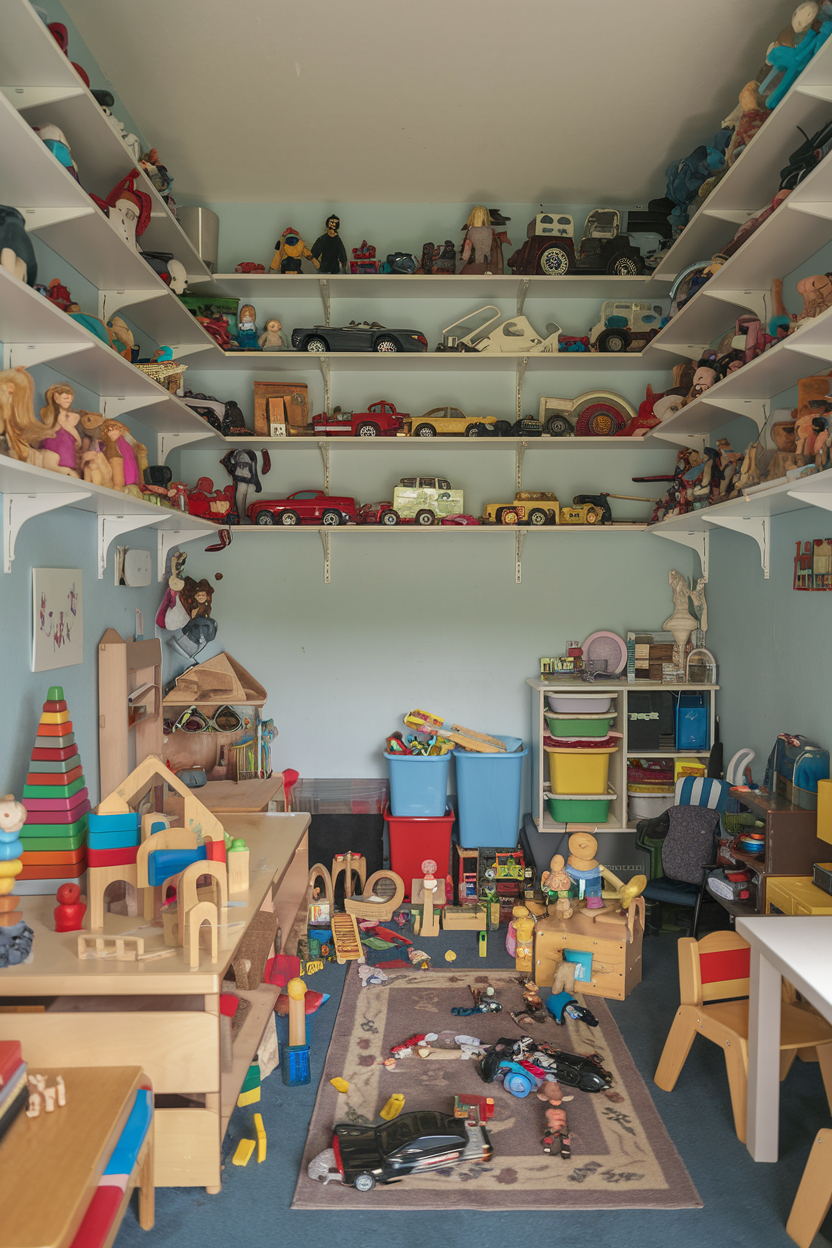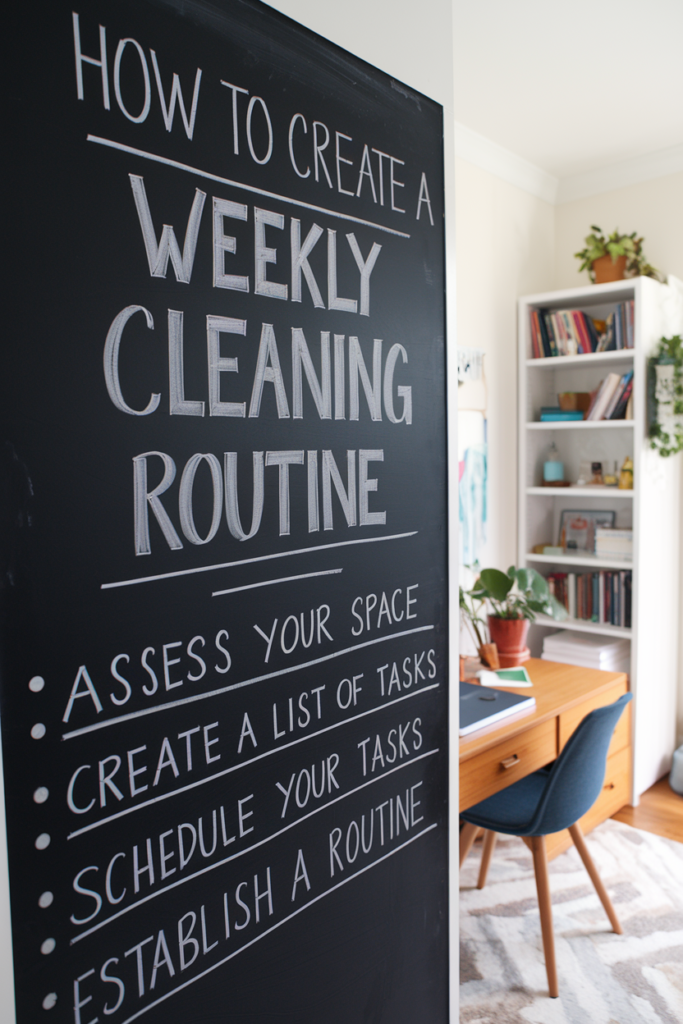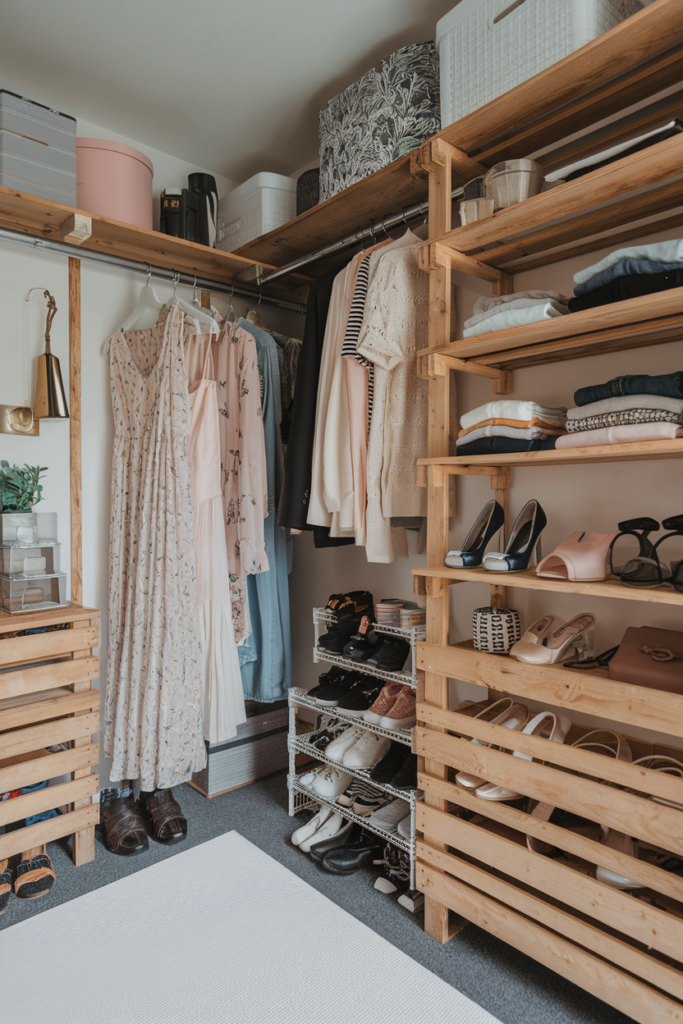When I first became a parent, I underestimated how much space a few toys could take over. Jace’s room, which was supposed to be a cozy play zone, quickly turned into a chaotic minefield of building blocks, stuffed animals, and coloring books. I tried traditional toy boxes, but they overflowed within days, and half the toys never even made it back into the box. That’s when I realized: organizing kids’ toys isn’t just about putting things away—it’s about creating systems that fit your space and your family’s lifestyle.
Over the years, I’ve tested countless solutions—some failed spectacularly, and some became lifesavers. Here’s a complete guide for keeping your kids’ toys organized, even in the smallest apartments or houses.
Step 1: Declutter First – Less is More
Before you even think about storage bins, baskets, or shelves, declutter. Kids don’t need every toy they own accessible all the time. I remember sorting through Jace’s toys one rainy afternoon. We ended up donating a third of his collection to a local charity, and the difference was immediate—his play area felt calmer, and he played more intentionally with the toys he actually loved.
Tips for decluttering:
-
Sort by type: Books, blocks, stuffed animals, and action figures. Seeing the volume of each type helps you decide what to keep.
-
Rotate toys: Keep a set number of toys out and store the rest. Rotate every few weeks to keep things fresh and exciting.
-
Get kids involved: Even a three-year-old can help decide which toys they truly love. It teaches responsibility and ownership.
Pro Tip: If you’re worried about guilt, take photos of toys you donate. It feels like keeping a memory without keeping the clutter.
Step 2: Maximize Vertical Space
Small rooms demand thinking upwards. Shelves, wall-mounted racks, and hanging storage can free up precious floor space.
-
Open shelving: I installed three small shelves above Jace’s dresser. The top shelf holds books he rarely reads but loves seeing. The middle shelf holds favorite toys, and the bottom shelf has baskets for everyday play. This layering system makes everything accessible yet tidy.
-
Hanging baskets: A few hanging baskets on the wall are perfect for stuffed animals. They keep them off the floor and add a playful visual element.
-
Over-the-door organizers: Shoe organizers aren’t just for shoes—they work brilliantly for small toys, action figures, and even art supplies.
Pro Tip: Make shelves kid-accessible for items they can use independently. Higher shelves can store seasonal or less-used items.
Safety Note: ⚠️ Ensure wall-mounted storage is securely anchored, especially in rooms with toddlers. Use furniture straps to prevent tipping accidents.
Step 3: Use Bins and Baskets Strategically
Bins are the bread and butter of toy organization—but only if used thoughtfully. Random bins just become dumping grounds.
-
Clear bins for visibility: Transparent bins help kids see what’s inside, so they’re more likely to put toys away correctly. I keep blocks in one clear bin and cars in another.
-
Label everything: Labels don’t have to be words for little kids—pictures work too. A photo of a stuffed animal on a bin tells Jace exactly what goes inside.
-
Stackable options: For very small spaces, stackable bins or crates make vertical organization simple.
Pro Tip: Use color-coded bins by category. For example, blue for vehicles, red for building blocks, green for art supplies. It creates an intuitive system that even a preschooler can follow.
Step 4: Create Zones for Play
Designate zones in the room. Even a tiny corner can become a functional play area with boundaries.
-
Building zone: A small rug plus a bin for Lego or blocks. This way, messes stay contained.
-
Reading nook: A soft chair or floor cushion with a basket of books. It keeps quiet time separate from active play.
-
Art station: A small table with baskets for crayons, paper, and paints. Keeping everything together prevents supplies from scattering across the floor.
Care in Real Life: Zones don’t have to be rigid. I rotate zones every few months based on what Jace is most interested in. It keeps the space dynamic without adding clutter.
Step 5: Make Cleanup Easy and Fun
The key to lasting organization is making cleanup part of the play.
-
Game-based cleanup: I turned tidying up into a race—“Who can put their toys away fastest?” It works surprisingly well for a four-year-old.
-
Accessible storage: Bins should be reachable so kids can participate independently. I keep Jace’s favorite toys at his eye level.
-
Consistent routine: A nightly 10-minute cleanup before bedtime helps keep the room manageable.
Pro Tip: Introduce a “one in, one out” rule—when a new toy comes in, another goes out. It prevents accumulation over time.
Step 6: Repurpose Everyday Items
You don’t need fancy solutions—sometimes everyday household items become excellent toy storage:
-
Hanging shoe organizers: Great for small toys, dolls, or cars.
-
Plastic baskets from the kitchen: Perfect for larger toys or balls.
-
Mason jars: Ideal for small craft supplies, Lego pieces, or puzzle parts.
Budget-Friendly Tip: Second-hand stores are full of bins, baskets, and small shelves at a fraction of the cost. I once picked up a set of three stackable baskets for $5 each—they lasted years and matched our color scheme perfectly.
Step 7: Rotate and Refresh Toys Regularly
Rotating toys keeps play fresh and reduces clutter.
-
Store excess toys: Use under-bed storage bins or a closet for rotation. I rotate Jace’s toys every two weeks. It’s like getting a new set of toys without buying anything.
-
Seasonal rotation: Outdoor toys, costumes, or holiday-themed items can be stored separately and brought out at the right time.
Pro Tip: Keep a “treasure box” of special toys to bring out for rainy days or when a quiet activity is needed. This keeps your child engaged while limiting daily clutter.
Step 8: Incorporate Multi-Functional Furniture
In small spaces, furniture that doubles as storage is a game-changer:
-
Storage benches: A bench with a lid holds toys and provides seating. I love having one in the playroom—it’s perfect for both reading and toy storage.
-
Coffee tables with bins or drawers: Low tables with storage beneath are perfect for blocks or art supplies.
-
Ottomans: Small cubes that open up to hold toys double as extra seating for kids or guests.
Pro Tip: Measure everything before buying. A piece that looks cute but doesn’t fit the space creates more frustration than relief.
Step 9: Make It Kid-Friendly and Visually Appealing
Organization doesn’t mean boring. Make the space fun and inviting:
-
Color coordination: Group toys and storage bins by color. It’s easier for kids to visually sort and pleasing to adults.
-
Themes: I added a jungle theme to Jace’s corner with some stuffed animals and green bins—it makes the play area more exciting without adding clutter.
-
Personal touches: Label bins with your child’s drawings or photos. Kids take ownership when the space reflects them.
Step 10: Maintain, Adjust, and Grow with Your Child
Even the best systems need occasional tweaking. Check your bins, shelves, and zones every month. Are they working? Are some toys rarely used? Involve your child: ask what works for them and adjust. I noticed Jace rarely plays with a particular train set, so I rotated it out to make space for a new puzzle he loves.
Care in Real Life: Flexibility is key. Kids grow, interests change, and so should your system. Consistent evaluation prevents chaos from creeping back in.
Pro Tip for Older Kids: As kids grow, the system grows with them. For early readers (ages 6-8), switch from picture labels to word labels to reinforce their literacy skills. For pre-teens, encourage them to take the lead on their own quarterly decluttering sessions. The goal is to gradually transfer ownership of the space to them, teaching responsibility and maintaining order without constant parental intervention.
Final Thoughts
Organizing kids’ toys in small spaces isn’t just about storage—it’s about creating a calm, functional, and playful environment. From decluttering and using bins wisely to making cleanup fun and furniture multi-functional, every step contributes to a home that works for both parents and kids.
Trust me, even a tiny apartment can feel organized. The key is systems that grow with your child, regular maintenance, and a little creativity. With these tips, your home can be both tidy and fun, giving your child the space to play while keeping your sanity intact.
Pro Tip for Parents: Start small. Pick one corner or one type of toy this weekend. Celebrate small wins—they build momentum and confidence to tackle the rest of the space.


